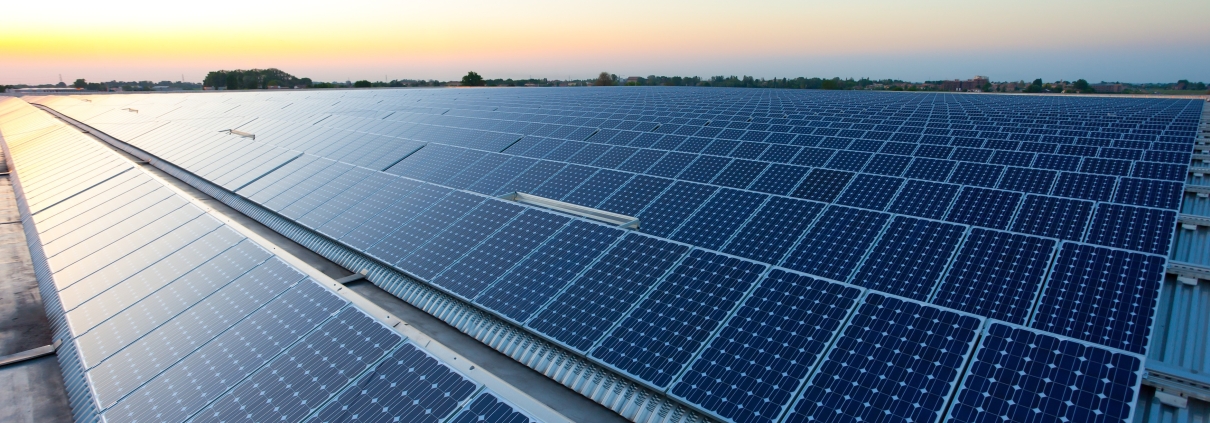Empowering the Future: Solar Farms and Smart Grids
In an era marked by environmental consciousness and the quest for sustainable energy solutions, the convergence of solar farms and smart grids emerges as a powerful force reshaping the energy landscape. Solar farms harness the boundless energy of the sun, while smart grids revolutionize energy distribution and consumption. Together, they hold the key to a cleaner, more efficient, and resilient energy future.
The Rise of Solar Farms
Solar farms, sprawling expanses of photovoltaic panels which have become icons of renewable energy generation. They are more than just a technological marvel; they represent a commitment to reducing our carbon footprint. Solar farms are strategically located in sun-soaked regions, where they convert sunlight into electricity, thereby reducing greenhouse gas emissions and our reliance on fossil fuels.
One of the primary advantages of solar farms is scalability. They can range from small, local installations to vast solar fields covering hundreds of acres. This scalability allows solar farms to cater to the needs of communities, businesses and even entire cities. Furthermore, solar power is a virtually limitless resource, ensuring long-term sustainability.
The Potential of Smart Grids
In tandem with the proliferation of solar farms, smart grids have been quietly transforming how we distribute and consume energy. Unlike traditional grids, smart grids are equipped with advanced sensors, communication networks, and automation technologies. They enable real-time monitoring and control of energy flows, making the grid more adaptable and efficient.
Smart grids represent a paradigm shift in energy distribution. They facilitate the seamless integration of renewable energy sources, like solar, wind, and hydro, by intelligently managing fluctuations in supply. This ensures a constant and reliable power supply even when the sun sets or the wind subsides. Smart grids are also equipped to handle two-way energy flows, allowing consumers to become prosumers, producing and selling excess energy back to the grid.
The Synergy: Solar Farms and Smart Grids
The synergy between solar farms and smart grids is undeniable. Solar farms are known for their intermittent power generation, with energy production dependent on weather conditions and time of day. Smart grids address this variability by efficiently storing excess solar energy and redistributing it when needed. This not only optimizes the use of renewable resources but also minimizes wastage.
Furthermore, the combination of solar farms and smart grids enhances grid resilience. During natural disasters or grid failures, smart grids can isolate affected areas and reroute power, ensuring uninterrupted service to critical facilities. Solar farms can also serve as decentralized power sources, offering emergency energy in times of need.
PKNERGY Solar Power Solution
PKNERGY energy storage system helps to embrace the potential of solar farms and smart grids. Extensive solar farms and a sophisticated smart grid infrastructure that actively manages energy supply and demand. Smart grid technologies have enabled efficient use of solar power, even with less sunshine than many other regions. Large-scale solar farms and smart grid solutions, significantly reducing reliance on traditional power sources.
Challenges and the Path Forward
While the marriage of solar farms and smart grids offers immense potential. As we transition to cleaner and more sustainable energy sources, the combination of solar farms and smart grids will play a pivotal role in achieving a greener future. By harnessing the power of the sun and the intelligence of technology, we are not only reducing our environmental impact but also building a more resilient and efficient energy ecosystem for generations to come.






